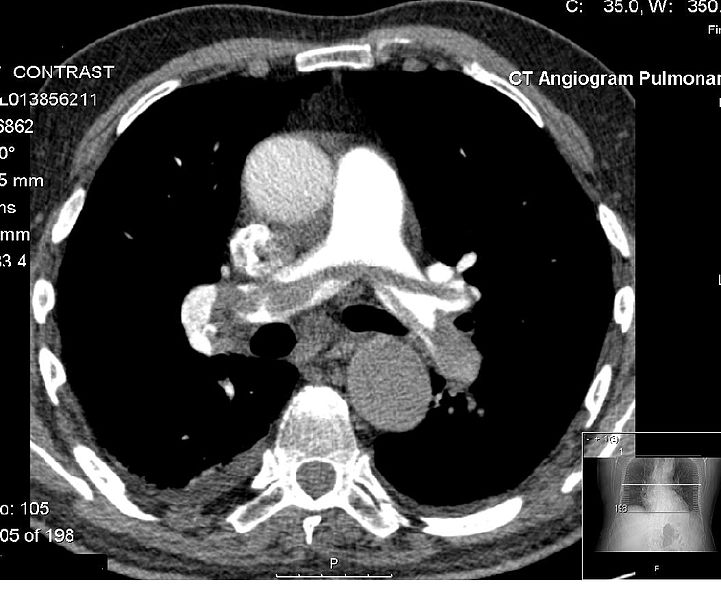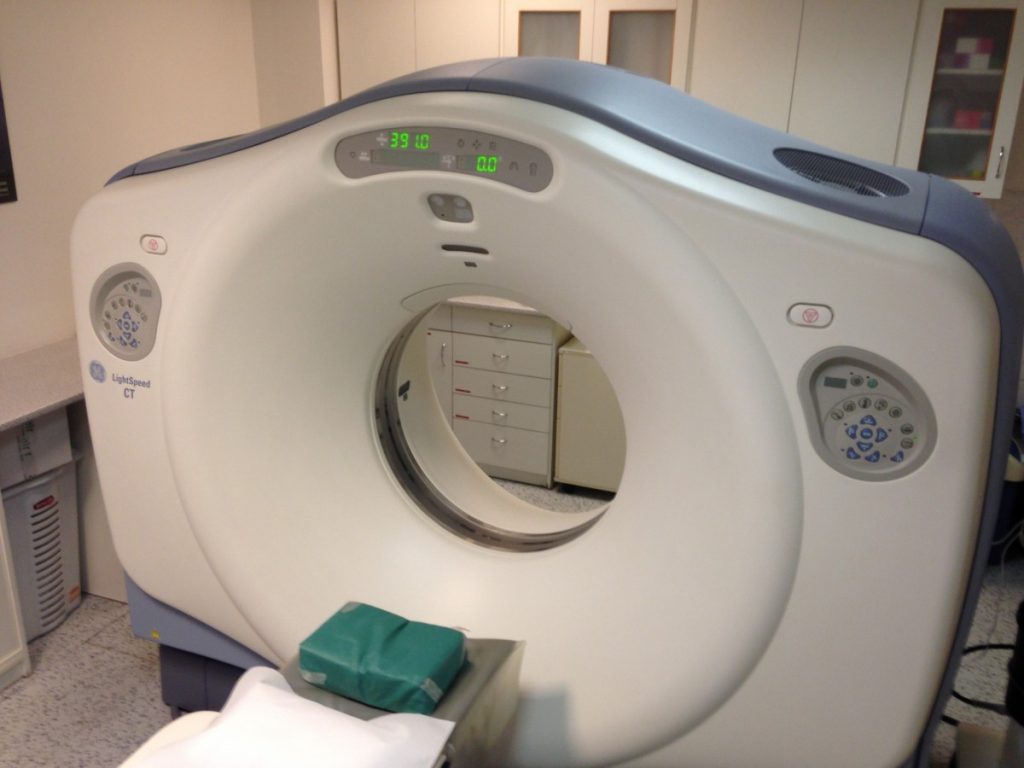To evaluate current and novel therapies and management strategies for children with asthma. The emphasis is on clinical trials that help identify optimal therapy for children with different asthma phenotypes, genotypes, and ethnic backgrounds and children at different developmental stages.
Official Title
Conditions
– Asthma- Lung Diseases
Study Type
Interventional
Study Design
Treatment, Randomized, Double-Blind, Crossover Assignment
Further Details
BACKGROUND: Asthma is a complex disease that often starts early in life. Exacerbations can be triggered by a number of agents such as allergens, respiratory infections, environmental tobacco smoke and pollutants, drugs, chemicals, exercise, cold air, infections and strong emotion making asthma therapy difficult and sometimes complicated. Multiple medications are often required to treat symptoms (bronchodilator agents such as beta-2 adrenergic agonists, theophylline, and anticholinergics), as well the underlying disease process (anti-inflammatory agents such as inhaled and systemic corticosteroids, cromolyn sodium and nedocromil; and leukotriene modifiers). The prevalence of asthma is increasing in all age groups, but most particularly in children under the age of 18 years. In 1992, the prevalence of self-reported asthma among persons under 18 years of age was 7.2 percent, compared to 5.1 percent among all persons. The most rapid increase in asthma has occurred in children under 5 years old, with rates increasing over 160 percent over the past 15 years. Among all ages, over 450,000 hospitalizations, 5,000 deaths, and more than 100 million days of restricted activity are due to asthma every year. Yet the burden of asthma disproportionately affects children. For example, asthma hospitalization rates are highest among persons age 0-4 years, and have increased over 28 percent in the last 15 years; mortality rates increased faster among those aged 5 to-12 years than among those age 15-34 years and neither changes in disease coding nor improved recognition of asthma fully explain these increases. Nearly one third of children restrict their activities due to asthma, including participation in physical education and sports. Despite major advances in understanding the etiology and pathophysiology of asthma and the development of new therapeutic modalities to control symptoms and prevent exacerbations, effective therapies are not widely used in the pediatric health care community. Further, the long term effects and side effects of asthma medications in children, especially children under the age of 12 years, are not well understood. Much remains to be learned about the impact of asthma therapy at different ages and at different points in the natural history of the asthma in altering the progression, chronicity, or severity of the disease. There is an urgent need to rapidly evaluate new and existing therapeutic approaches for children with asthma, and to disseminate the findings to health care professionals, patients and the public. There are several reasons why a pediatric asthma clinical research network will accelerate clinical research and meet this need. The highly variable and sometimes complicated clinical manifestations of asthma often make it difficult to accumulate a large number of comparable patients in one center. Further, uniformity in treatment protocols may reduce the number of patients needed at each clinical center. Also, the network mechanism will help pool the necessary clinical expertise and administrative resources to facilitate the conduct of multiple and novel therapeutic trials in a timely, efficient manner. This, in turn, would promote rapid dissemination of research findings to health care professionals. DESIGN NARRATIVE: Multicenter study performing multiple therapeutic trials for children with asthma. One outcome of the network will be to promote rapid dissemination of the findings from these clinical studies to the health care community. Therapeutic trials may involve investigational drugs, drugs already approved but not currently used in childhood asthma, and drugs currently used in treatment of asthma. The following two protocols are underway.Prevention of Early Asthma in Kids (PEAK) began recruitment in January 2001 and evaluates whether administering inhaled corticosteroids to 24-48 month old children at risk of developing asthma does prevent the development of persistent asthma. All subjects are expected to be randomized prior to December 2001 with study completion by September 2004. The study is a double blind, randomized, placebo controlled, parallel comparison of inhaled fluticasone to placebo. There will be a four week run-in period to qualify and characterize children. A total of 280 children will be randomized to one of two treatment groups; one receiving active treatment, the other placebo. The study will be based on a continuous treatment schedule for a period of twenty-four months, followed by an observation period of one year during which the main outcomes will be assessed. There are three specific objectives of the study: 1) To assess if chronic therapy with inhaled corticosteroids initiated in children four years or less at high risk of developing asthma can prevent the development of significant asthma at four to six years of age, 2) To determine if asthma therapy as described above can prevent both losses in lung function and the development of bronchial hyperresponsiveness (BHR) associated with early onset asthma, and 3) To assess potential side effects that may be associated with long term use of inhaled steroids in early life. Characterizing the Response to Leukotriene Antagonist and Inhaled Corticosteroids (CLIC) began in August 2001 in children ages 6 to 18 with mild to moderate asthma. The pharmacogenetics aspect of this study will determine whether the group who responds well to the medications differs genetically from the group that does not respond. The study will help advance the possibility of enabling physicians to customize therapy based on specific asthma phenotypes and genotypes. The study is a randomized, double-blind crossover comparing montelukast to inhaled fluticasone propionate in mild-to-moderate persistent asthma in 210 children. . There will be a two-week run-in period to qualify and characterize patients. Children will be randomized to one of four crossover treatment sequences and receive active leukotriene receptor antagonist (LTRA) for 4 weeks and fluticasone propionate (ICS) for 4 weeks, interspersed with 4-week wash-out periods with placebo. Pediatric Asthma Controller Trial (PACT) is a study to determine the comparative effectiveness of inhaled corticosteroid, a leukotriene receptor anatagonist, or a combination medication of inhaled corticosteroid and long-acting beta2-agonist in children with mild asthma. The study addresses a critical question facing primary care physicians about the optimal choice for initiating daily long-term treatment in children. Recruitment began in August, 2002. Other protocols in development include the following.Acute Intervention Management Strategies is a comparative study to identify the optimal therapy for acute exacerbations of wheezing in infants and young children aged one to three years.
Study Start
Eligibility & Criteria
Ages Eligible for Study: up to 18 Years, Genders Eligible for Study: Both Criteria Asthmatic children from birth to 18 years. Emphasis is placed on infants and young children through 5 years of age.
Total Enrolment
Contact Details
[1] National Heart, Lung, and Blood Institute (NHLBI) (US)All content and media on the HealthEngine Blog is created and published online for informational purposes only. It is not intended to be a substitute for professional medical advice and should not be relied on as health or personal advice. Always seek the guidance of your doctor or other qualified health professional with any questions you may have regarding your health or a medical condition. Never disregard the advice of a medical professional, or delay in seeking it because of something you have read on this Website. If you think you may have a medical emergency, call your doctor, go to the nearest hospital emergency department, or call the emergency services immediately.







